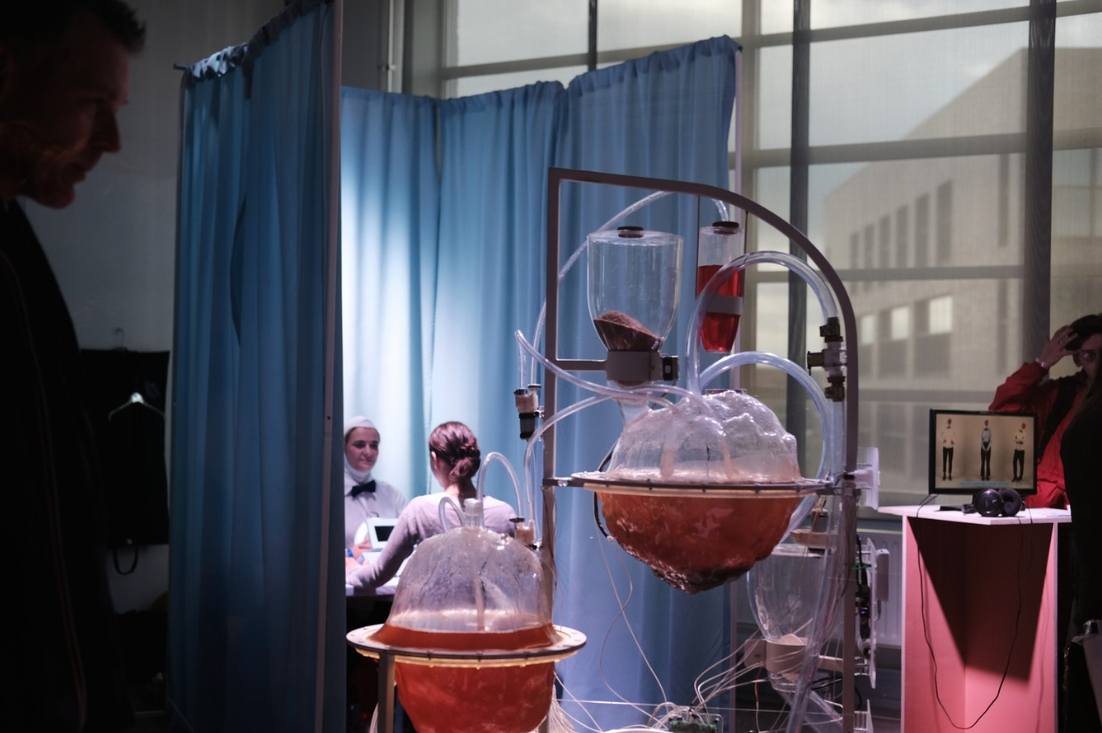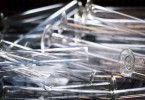Lab glassware is one of the most fundamental equipment found in every laboratory across the globe. It’s actually hard to imagine any science lab functioning without things such as bottles, bubblers and pippetes. Although chemists and physicists today use high quality plastic equipment in some of their projects, glassware is a staple that cannot be replaced. What are the most common types of lab glassware and what are they used for?
Beakers
Beakers, cylinders and crystallising dishes are the main glassware used to measure, mix and temporarily store liquid chemical substances. Beakers’ shape resembles a simple, straight drinking glass with a beak at the end used for pouring purposes. Crystallising dishes are quite similar in shape, but are much shorter and, as the name suggests, are used mainly for crystallisation. Cylinders are smaller than beakers, but serve the same purpose – measuring substances. They may also come with stoppers which makes them perfect for temporary storage purposes. Other glassware dishes include crucibles, watch glasses and mortars.
Flasks
Coming in various shapes and sizes, flasks are mainly used for conducting chemical reactions. There are several types of flasks, each of them serving a different function within the laboratory. Two of the most popular ones are reaction and distillation flasks. Reaction flasks are usually spherical with multiple necks that are topped by ground glass joints used to connect the flask to other apparatus. Distillation flasks are made to contain mixtures that are a subject or a product of a distillation process. Similar to the reaction flasks, they usually have one narrow neck at the top and a ground glass joint to connect it with other apparatus. Some flasks are more resistant to temperatures than others, respective to the thickness of the glass they were made out of.

Pipettes
Used to measure exact amounts of liquid substances, pipettes are a laboratory staple. Manual or electronic, they come in several designs, so choosing the right one depends on the purpose and the desired level of accuracy. Pipettes work by creating a partial vacuum above the liquid-holding chamber and the liquids are released by decreasing the pressure created by the vacuum.
There are so many different types of glassware that may be used in laboratories, it’s impossible to memorise them all. Beakers, flasks and pipettes create a basic lab equipment set useful in schools as well as high-reputation research laboratories. Depending on the scale of the experiment, use of more advanced equipment may be necessary.
